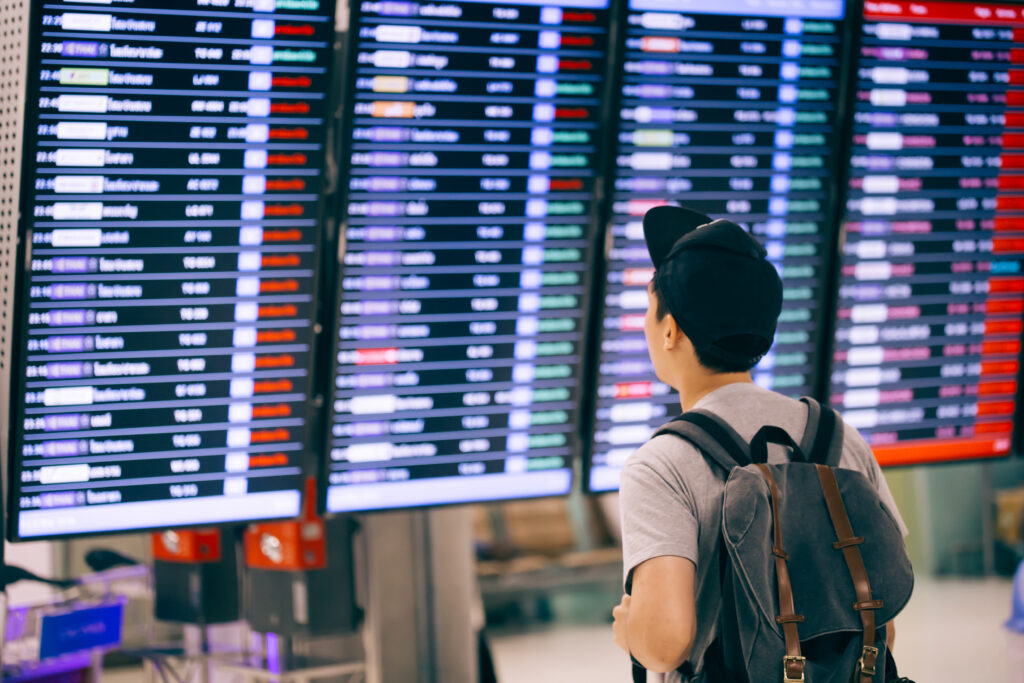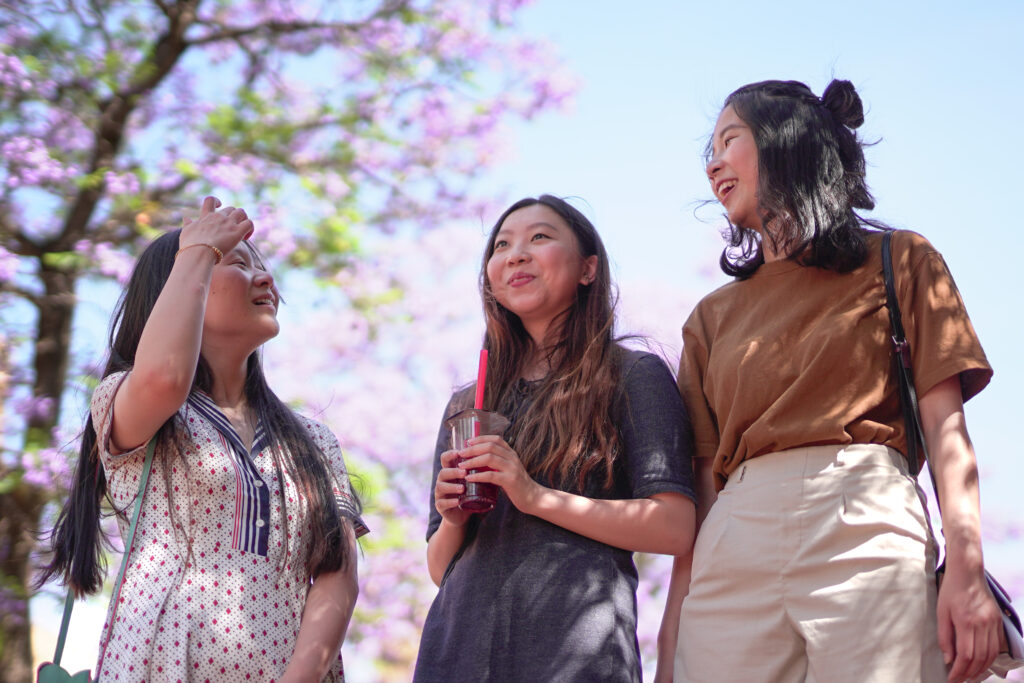As international students in Australia, you face the challenge of finding affordable housing in a market surrounded by misconceptions and misinformation.
You may have heard some recent discourse suggesting that international students are causing the housing crisis in Australia, however, a new report by the Student Accommodation Council provides a different perspective. This article aims to clear up misunderstandings and share the actual contributors to Australia’s housing crisis, according to the report.
So, how much impact do international students really have on the rental market?
International students only account for four per cent of Australia’s rental market. Interestingly, the rise in rental prices began in 2020, a period marked by a significant decrease in international student arrivals due to the pandemic. Between 2019 and 2023, while the median weekly rent soared by 30 per cent, student visa arrivals fell by 13 per cent. This data illustrates that the impact of international students on housing availability and rental prices is quite minimal.
Behind the rent surge: Factors you may not know
While it’s commonly believed that international students drive up rental costs, the real contributors are often overlooked. Here are some of the other factors contributing to the tight housing market across Australia, according to The Student Accommodation Council report:
Increase in smaller and solo-person households: More and more people are choosing to live alone, which translates into a higher demand for individual living spaces. This trend toward smaller households is directly impacting the housing market, leading to fewer people sharing homes and a greater overall need for housing, which pushes rents up.
Higher intrastate migration: Since the pandemic, there’s been a notable shift with many people moving from bustling capital cities to quieter regional areas. This migration has unexpectedly increased the demand for housing in these regions, causing rental prices to spike as the local markets try to accommodate the influx.
Conversion of living spaces: The rise of remote work has led to many converting spare rooms into offices. This adaptation means fewer rooms are available for renting out, further straining the already tight rental market.
These factors, along with other shifts in demographics and economic conditions, all contribute to the increasing rental prices, highlighting that the issue is more complex than just the presence of international students.
The future of housing for international students
The report also highlights a concern: the current pace of development for new purpose-built student accommodation (PBSA) is insufficient. By 2026, the projected addition of 7,770 new beds will fall short of meeting the demand, potentially forcing more international students into the already strained private rental market.
The Student Accommodation Council advocates for adding 66,000 new beds by 2026 to maintain the balance and ensure international students can access suitable accommodation.
Anouk Darling, Chair of the Student Accommodation Council and CEO of Scape, acknowledges the challenges in expanding PBSA, including slow planning processes and high property taxes. Despite these obstacles, there’s a strong commitment to enhancing the housing experience for international students.
“International students contribute $25.5 billion to the Australian economy, and they deserve the best housing experience when they arrive in our country,” she states.
“We need governments to work with us to grow the supply of professionally managed, custom built and safe student accommodation which alleviate pressure on the private rental market.”
Why this matters to you
It can be disheartening to see media narratives mistakenly blaming international students for the housing crisis. However, it’s important to remember that you’re not alone in this—there are organisations and communities actively advocating for your interests.
Plus, understanding the dynamics of the Australian housing market allows you to better advocate for yourself and make informed decisions about where and how you live. Here are some practical steps you can take:
1. Stay informed: Keep up-to-date with local housing laws and any changes that might affect you as an international student. Learn more: Your Rights as a Renter in Australia.
2. Engage with services: Make use of your education provider’s student accommodation services. They can offer guidance, help you understand your rights as a tenant, and sometimes assist in finding suitable housing.
Each state and territory in Australia offers accommodation resources for international students. Familiarise yourself with your study body here:
- StudyAdelaide
- Study Queensland
- Study NSW (New South Wales)
- Study Canberra
- Study Melbourne
- Study NT (Northern Territory)
- StudyPerth
- Study Tasmania
3. Join community groups: Participate in forums and groups where other international students share their experiences and advice about housing. Learning from peers can provide valuable insights and tips.
4. Plan ahead: Start your housing search early to avoid the rush and get the best options within your budget. Planning also gives you more time to deal with any issues that come up.
5. Budget wisely: Be aware of all the costs involved in renting—like bonds, utility bills, and internet—which might not be obvious at first glance.





